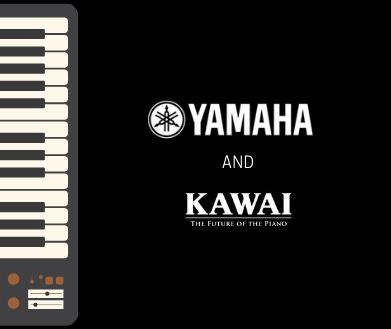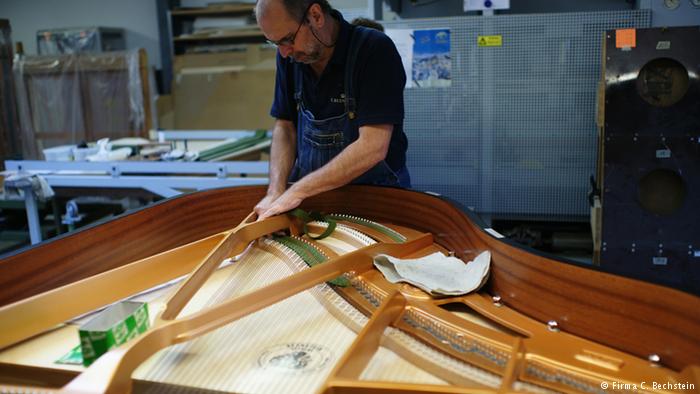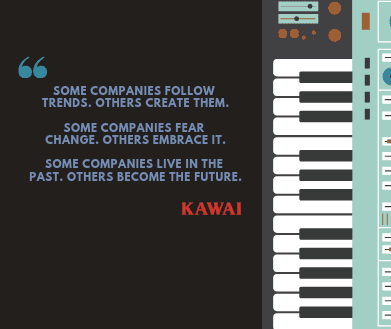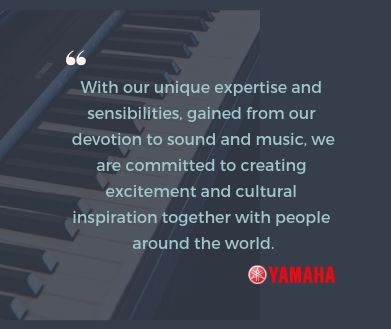
Why Are Yamaha/Kawai Pianos So Popular?
Tackling Humidity Problems
Acoustic Pianos are mostly made of wood, felt wool and metal. Because of the two materials, wood & felt wool, pianos are very sensitive to humidity, especially high humid areas in most of South East Asia.
Wood and felt wool tend to expand and cause problems like ‘sticking keys’. In the worst-case scenario, cabinet parts would get warped.
Yamaha and Kawai’s engineers have in collaboration with their European counterparts, found ways to solve the humidity problem by:
- An acclimating process after assembly
- Installation of a 25-watt heating tube
- Sealing of wooden parts
- Adjusting their assembly measurements for action regulation.
Timber is cut and even laid out to dry naturally for several years and subsequently, heat dry in kilns to further reduce the moisture before construction of pianos.
Hence, because of this willingness of Yamaha/Kawai’s engineers and technicians to tackle the humidity problem through consultation and making necessary production changes for pianos that are exported to South East Asian countries, including Singapore, they have an edge over European makers.
European Piano Brands

A Bechstein piano built by hand
European makers usually stick to their traditional manufacturing methods, dating back a few generations. As a result, many European pianos face problems after several years outside the European climate, making most of the once famous British and German made pianos no longer in operation.
On the other hand, their brand names are being sold to businesses in China and using their names for their pianos. John Broadwood, Knight, and Welmar for example.
Yamaha & Kawai Philosophy

Kawai’s Vision

Yamaha’s Vision
Some Asian made pianos are assembled in different places and not from the country of origin due to rising costs of maintaining operations. For example, some brand of Korean pianos is assembled in Indonesia.
However, most of them are not music companies and have other business interests such as shipping, lifts and even car manufacturing. On the other hand, both Yamaha and Kawai origins stem from piano manufacturing, which expanded further and creating music schools internationally.
With Kawai constantly evolving the art of piano craftsmanship, it is no surprise that Kawai is still going strong and continuing to serve the piano industry.
Although it is true that Yamaha is currently a leading manufacturer of other unrelated products such as semiconductors or audios, the company’s origins as a piano manufacturer are still reflected today in the group’s logo—a trio of interlocking tuning forks.
Bottom Line
There may be some that don’t prefer Yamaha & Kawai. However, their piano’s technical stability, strong resale value, and high levels of innovation reflect their quality which resulted in a huge resale market.
No matter the brand, we encourage you to explore other sources of information and educate yourself further. Over the years, not just Yamaha and Kawai but other Asian manufacturers have also significantly improved their craftsmanship and quality control.
The more informed you are in today’s piano marketplace, the better the decision you are going to make.
